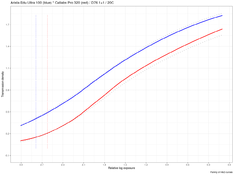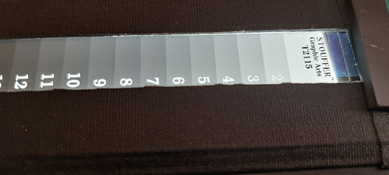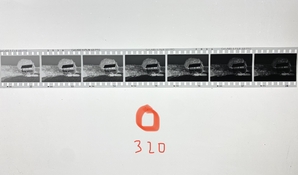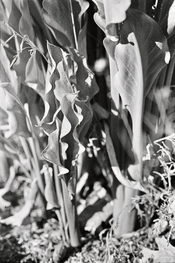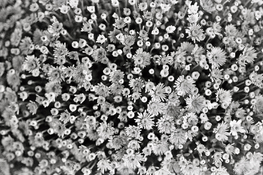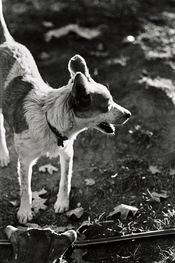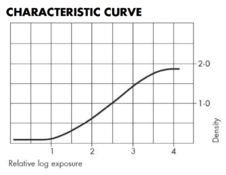I did a bit more work on the comparison between Arista Edu Ultra 100 and Catlabs Pro 320 last night and, it turns out, I had been a bit off with my preliminary findings. I ended up having to adjust each curve to give it the average gradient of 0.62, per the ISO speed point procedure (described in a lot of sources, incl. Davis, 1993). This type of adjustment provides a simulation of how these curves would look if they were processed to precisely the same G. It's necessary to do that, I think, as it's very difficult to get the same G for two different films, even with the strictest of exposure and processing controls. In the image attached here, the dotted lines represent these "ideal" ISO curves. Speed points measured from these curves are marked with the vertical dotted lines (blue - Arista, red - Catlabs). The difference is film speed measured this way is about 0.549415 stops if favor of the Arista film, so less than I originally estimated in my preliminary analysis. I am sorry about that. I should be more careful next time. So, after these corrections, the film speed I am getting are ISO 85.15897 for Arista, and ISO 58.26475 for the Catlabs film.
Those of you who looked at my previous analysis of film curves, noticed that the ISO values obtained there were a bit lower. The film simply received significantly less exposure than it needed to produce well-formed curves. It has been found in the literature that curves with long toes are particularly difficult to analyze and are susceptible to film speed estimate errors by the ISO 0.1 criterion. (e.g., Nelson and Simonds, 1955). That amount of exposure, by the way, was perfectly suitable for other medium-speed films,
such as Kodak 400TX and Fujifilm Neopan 400.
View attachment 319007
Again, in my opinion, the actual ISO value does not matter much, as most photographers come up with their own personal EI value, anyway. We all have different cameras, different exposure meters, different techniques, different processing, digitization, printing, etc. To be clear, I am absolutely not disputing the fact that some photographers are getting excellent (for them) results exposing at EI 200. What I think is more important is that, under controlled conditions, the Catlabs film does, indeed, appear slower than other popular films, such as Kodak 400TX and Arista Edu Ultra 100 (most people agree it's Foma 100).
It would be great if other photographers were able to produce data of their own, regardless of how they were obtained. I really liked the idea of using the methods described
@pentaxuser and
@BradS earlier in the thread. I think the "Fred Picker" method would be interesting, as well. There's a great method described in Way Beyond Monochrome (Lambrecht and
Woodhouse , 2011).





